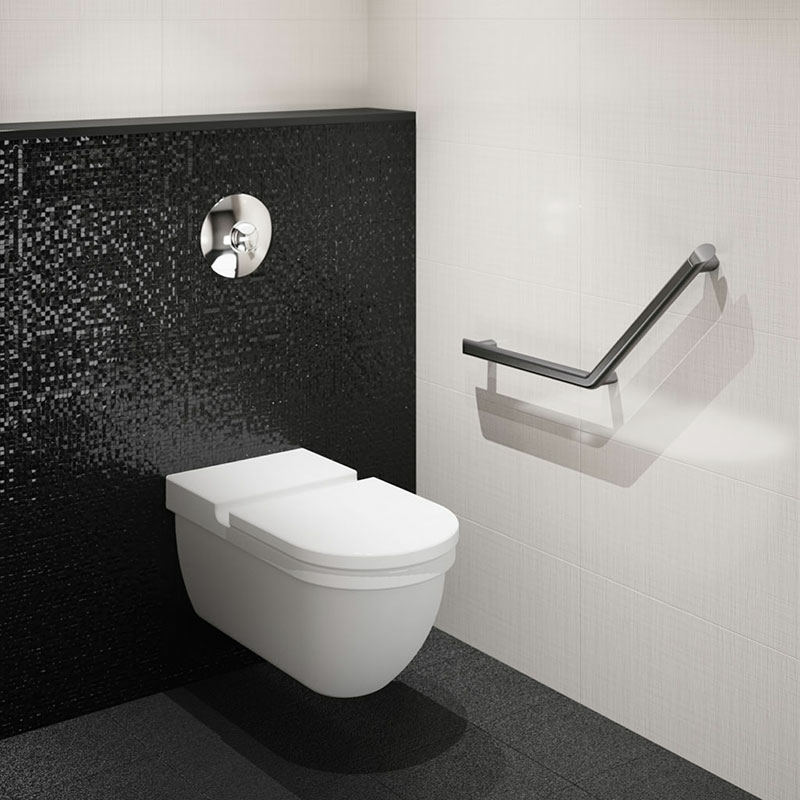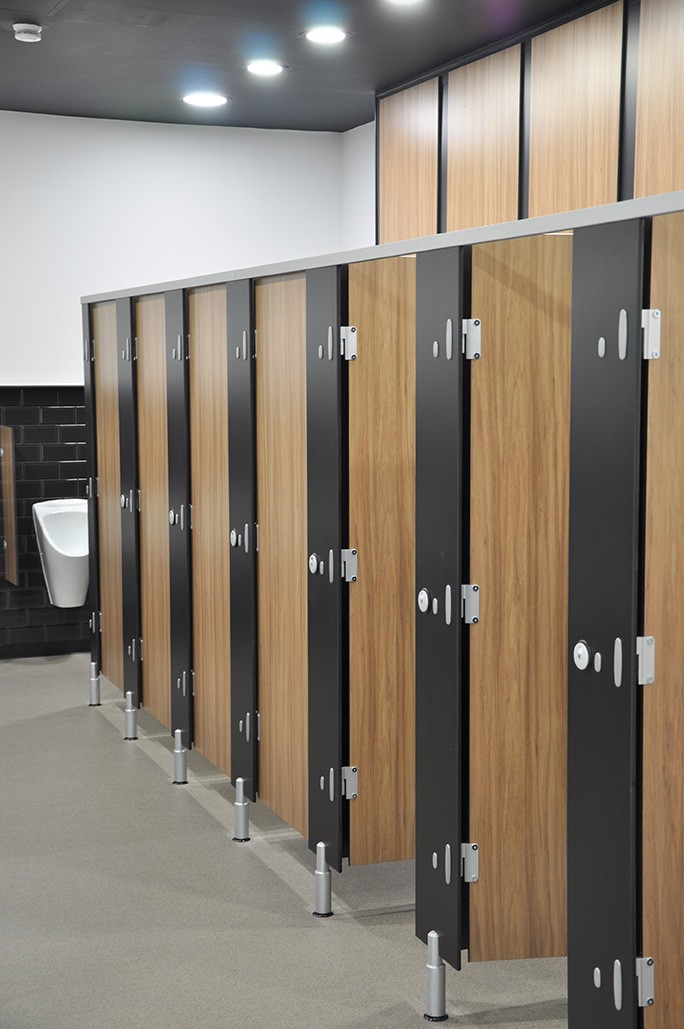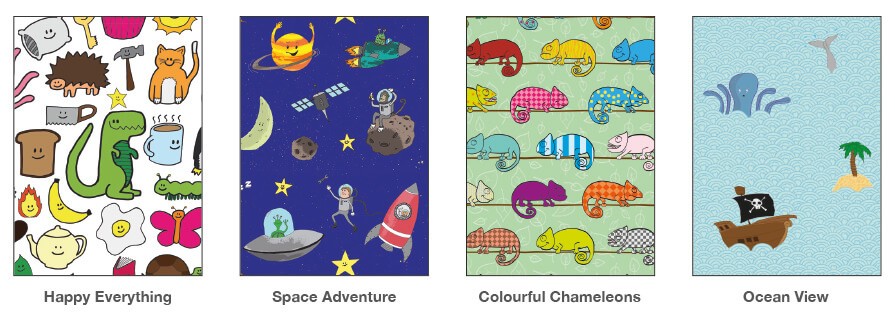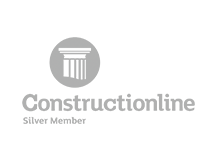For many, using the toilet is regarded as a functional thing, certainly not one to give pride of place in the memory bank. However, people will certainly notice if they use a public washroom facility and it is not up to scratch and many will be swift to tell others about it.
Making sure that such a facility is regularly cleaned and that enough paper and soap are provided is one thing. But structural issues are also a concern. Whether it is the lavatory seats, taps, or toilet cubicle doors, something that is loose, damaged, vandalised, or not functioning will create a negative impression.
A Part Of The Retail Experience
This could be particularly significant for retailers. The shift from in-store to online shopping has been well documented, with the pandemic lockdowns arguably accelerating the process. However, in-store retailers have not given up and have worked on finding ways of improving the in-store experience.
While there are some sorts of goods – such as clothes – where shoppers clearly prefer to shop in-person and try items on standing in front of a big mirror instead of online and hoping for the best, some stores have to work particularly hard to stay relevant and popular.
In doing so, they have helped to somewhat revive in-store shopping post-pandemic and leave many online retailers falling short of expectations. But it is important not to be complacent; even if many people will still shop in person, it is not necessarily your store they will come to, especially if they are disappointed by their experience there.
If you are a manager tasked with keeping customers coming through your doors, there may be various things you might have tried. Some retailers, like Marks and Spencer, have shifted from town centres to edge-of-town shopping centres. But it is not just about location; the customer experience matters so much because it can give you an edge over your rivals.
Given that so many experts have argued that the High Street can be revived and sustained by a shift from just having shops and offices to a greater mix – such as hospitality and entertainment facilities – so it is that many retailers will embed these in stores to help provide a wider customer experience. In this context, inadequate toilets could undermine such efforts.
Toilets And Customer Reviews
Perhaps the most exceptional example of washroom facilities being part of the experience is Harrods. This is, of course, the most exceptional of retailers in all manner of ways, but in a store so ‘posh’, one would be rather surprised if the toilets were anything else. It is hard to imagine another store where washroom visits would get reviews on Tripadvisor.
Such reviews are not hard to find, although not all have been highly complementary. Of course, that may be due to the tyranny of high expectations that would mean anyone would mention the store washroom in the first place.
However, the need for facilities to be exceptional is obvious in an upmarket store, although it is inevitable that all manner of things will get some bad reviews; such is the nature of customer review sites, on which some people will only post if they find something amiss, rather than giving a neutral assessment or praising what is good.
Managing Expectations
For the typical retail store, nobody will expect that the shiny, opulent-looking washrooms of Harrods would be replicated there, any more than the notion that the rest of the store should look like something out of Knightsbridge. But while customers might not demand palatial toilets, they certainly want ones that work.
This is the key point; just as the in-store experience for shoppers should meet certain expectations in terms of the goods on offer, the level of customer service, the café and parking facilities, so there will be a reasonable expectation that they will not find a trip to use the toilet facilities something to be endured and, if possible not repeated.
Quite simply, this is a part of the store you need to ensure is in good shape to keep your customers coming. After all, if your facilities are poor then some may avoid your store if they need to go, or leave it sooner, rather than, for example, using your store café before doing more shopping.
Therefore, when looking to renew facilities and setting a budget to do so, store managers must consider toilet cubicles as much as promotional posters, as well as drains that work as efficiently as the self-checkout tills and giving shoppers sturdy toilet seats as much as safe parking spaces.

Before

After











Connect with Cubicle Centre